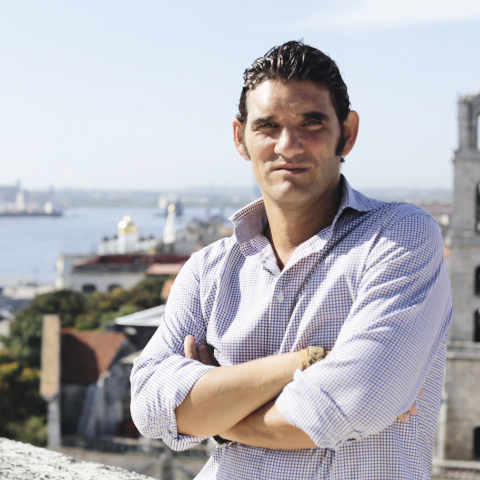José Carlos Garrigós
Director Exportación Iberoamérica.How did it happen to operate in Latin America? How long have we been working there? The first market studies were made in 1998, before I joined Isaval as Export Director in 2002. Later on, invoicing figures in Cuba increased gradually and opportunities in other markets, like the Dominican Republic market, appeared. Expectations were very…

- How did it happen to operate in Latin America? How long have we been working there?
The first market studies were made in 1998, before I joined Isaval as Export Director in 2002. Later on, invoicing figures in Cuba increased gradually and opportunities in other markets, like the Dominican Republic market, appeared.
Expectations were very good and results improved little by little. I felt it was essential to be more involved due to the complexity of the market in the area of Cuba. This meant that the company needed a representative in that area to start the project in situ. I was supported by the senior executives and here I am.
- How has our brand been positioned in that area over these years? What is the current situation compared to other brands?
Here we have to differentiate between markets. In Cuba we are very well positioned. We are probably the foreign paint supplier exporting a higher volume to this country. In the Dominican Republic, we are also well positioned in the wholesale sector related to tourism and luxury hotels, thanks to the excellent work of our Importer Distributor Nica Dom. In Peru, we are at an initial but very exciting phase with our local partner.
- What effect does a product like paint have in an emerging market such as the Latin American market?
We are facing projects in new markets in this area without forgetting to consolidate the markets we are currently operating in. Paint is made everywhere and better and better. Therefore, if we want to sell our products, which are made on the other side of the Atlantic, we need to offer an added value, a quality and differentiated product with a strong component of R&D and a good brand image. If not, they will buy their products, what they are closest to.
- We understand that technological possibilities are more precarious there. What makes things be more difficult in the daily work compared to work in Spain?
Technologically they are not so behind, it depends on the country. In Cuba, there is a great difference with communications, the use of the Internet and telephone is not as implemented as it is in other markets. In other countries of the area, traffic jams, for example, are an important handicap when carrying out commercial tasks.
- A colour chart has recently been developed to celebrate the rehabilitation of Trinidad, a World Heritage Site by UNESCO, which will celebrate its 500 anniversary. How was the work of colour selection made?
We are very proud of this work. Not from the point of view of volumes but because of having being supplying most of the paint used for this real living museum for more than 10 years.
We do not select the colours. Evidently, this is done by the customer, in this case the Curator’s Office of Trinidad, which has maintained the colour tones the city has always had. We have provided advice in the selection of the most suitable products.
- Personally speaking, what do you miss most from life in Spain?
Many things, for example food, snaking, etc. It is always hard to be far from a city like Valencia, but I cannot complain because Cuba is a wonderful country and people make me feel like being at home.


